 | ||
Ingredients Worcestershire Sauce, Pepper Preparation Add dashes of Worcestershire Sauce, Tabasco, salt and pepper into highball glass, then pour all ingredients into highball with ice cubes. Stir gently. Garnish with celery stalk and lemon wedge (optional). Served On the rocks; poured over ice. Similar Mimosa, Cosmopolitan, Margarita, Vodka, Martini | ||
A Bloody Mary is a cocktail containing vodka, tomato juice, and combinations of other spices and flavorings including Worcestershire sauce, Tabasco sauce, piri piri sauce, beef consommé or bouillon, horseradish, celery, olives, salt, black pepper, cayenne pepper, lemon juice and/or celery salt.
Contents

History
The Bloody Mary's origin is unclear, and there are multiple conflicting claims of who invented the Bloody Mary.
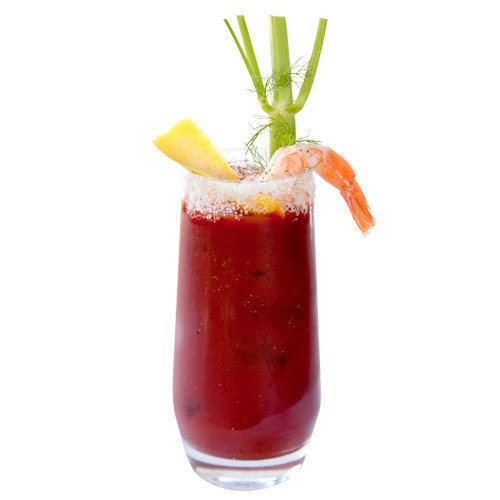
Fernand Petiot claimed to have invented the Bloody Mary in 1921, well before any of the later claims. He was working at the New York Bar in Paris at the time, which later became Harry's New York Bar, a frequent Paris hangout for Ernest Hemingway and other American expatriates. Harry's Bar also claims to have created numerous other classic cocktails, including the White Lady and the Side Car.
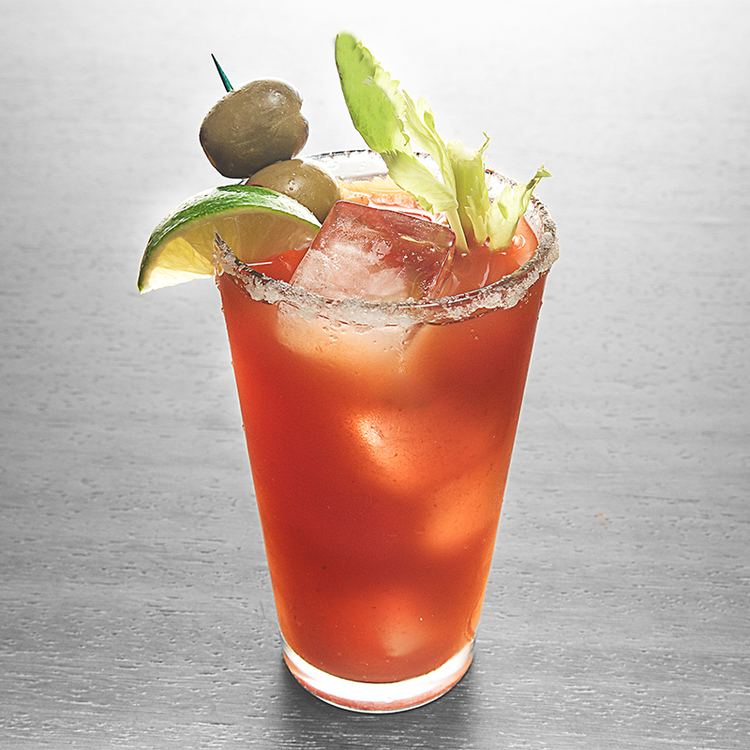
James Rollins writes in the "What's True, What's Not" section of his Sigma Force novel 6.5: The Skeleton Key (2010) that the Bloody Mary was invented in the Hemingway Bar at The Ritz Paris.
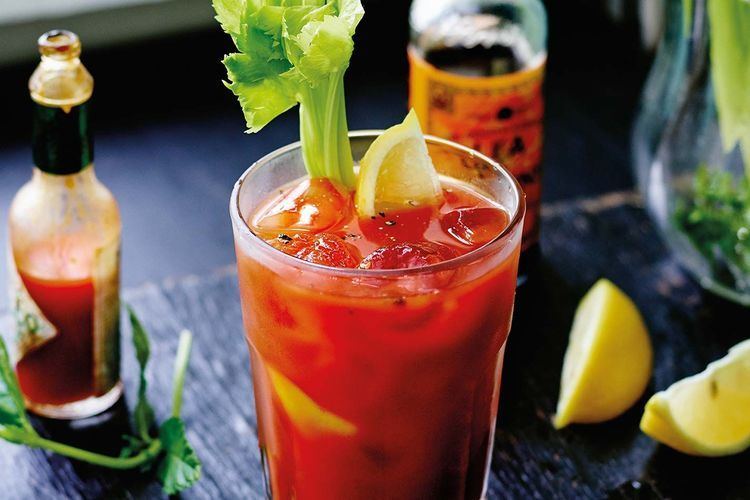
New York's 21 Club has two claims associated with it. One is that it was invented in the 1930s by a bartender named Henry Zbikiewicz, who was charged with mixing Bloody Marys. Another attributes its invention to the comedian George Jessel, who frequented the 21 Club. In 1939, Lucius Beebe printed in his gossip column This New York one of the earliest U.S. references to this drink, along with the original recipe: "George Jessel's newest pick-me-up which is receiving attention from the town's paragraphers is called a Bloody Mary: half tomato juice, half vodka".
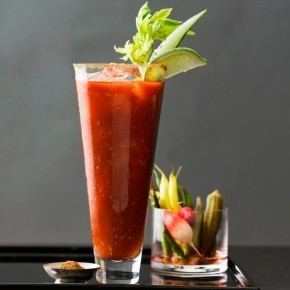
Fernand Petiot also claimed to have invented the Bloody Mary as a refinement to Jessel's drink, when Petiot spoke to The New Yorker magazine in July 1964, saying:
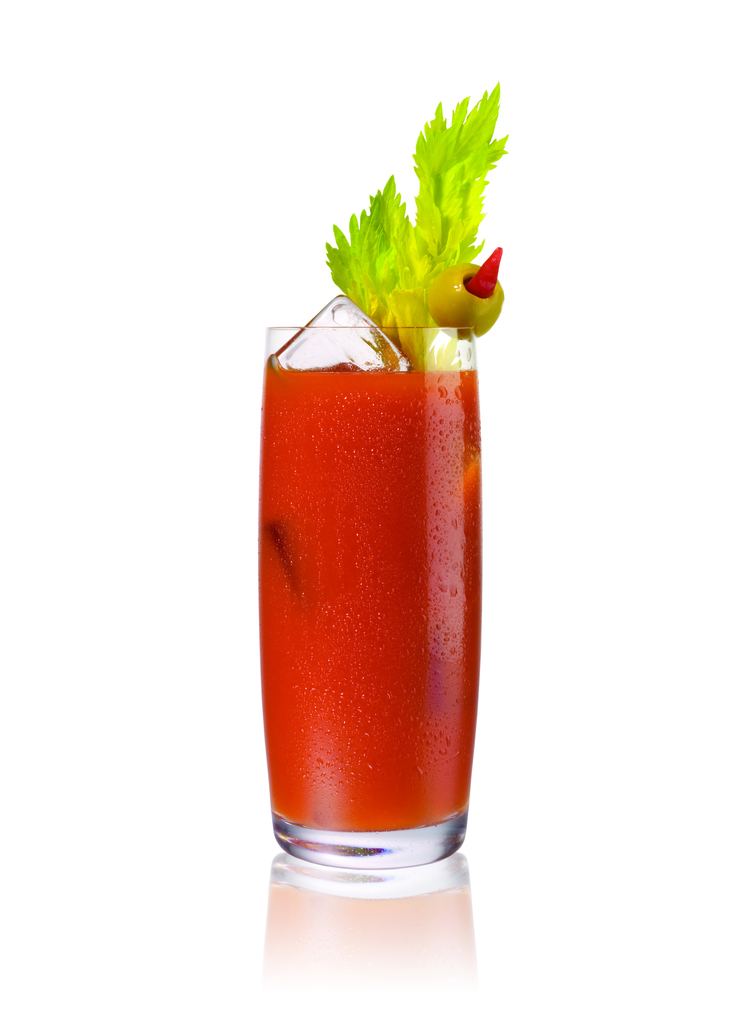
"I initiated the Bloody Mary of today," he told us. "Jessel said he created it, but it was really nothing but vodka and tomato juice when I took it over. I cover the bottom of the shaker with four large dashes of salt, two dashes of black pepper, two dashes of cayenne pepper, and a layer of Worcestershire sauce; I then add a dash of lemon juice and some cracked ice, put in two ounces of vodka and two ounces of thick tomato juice, shake, strain, and pour. We serve a hundred to a hundred and fifty Bloody Marys a day here in the King Cole Room and in the other restaurants and the banquet rooms."
The cocktail was claimed as a new cocktail under the name "Red Hammer" in Life magazine in 1942, consisting of tomato juice, vodka, and lemon juice. Less than a month later in the same magazine, an advertisement for French's worcestershire sauce suggested that it be added to a virgin "Tomato Juice Cocktail" along with tomato juice, salt, and pepper. The addition of salt to the alcoholic beverage was suggested that same year in a story in Hearst's International Combined with Cosmopolitan.
Origin of the name
The name "Bloody Mary" is associated with a number of historical figures—particularly Queen Mary I of England, who was nicknamed as such in Foxe's Book of Martyrs for attempting to re-establish the Catholic Church in England—and fictional women from folklore. Some drink aficionados believe the inspiration for the name was Hollywood star Mary Pickford. Others trace the name to a waitress named Mary who worked at a Chicago bar called the Bucket of Blood. However, another argument for the origin of "Bloody Mary", that the name in English simply arose from "a failure to pronounce the Slav syllables of a drink called Vladimir" gains some credibility from the observation that the customer at Harry's Bar in Paris for whom Fernand Petiot prepared the drink in 1920 was Vladimir Smirnov, of the Smirnoff vodka family.
Preparation and serving
In the United States, the Bloody Mary is a common "Hair of the dog" drink, reputed by some to cure hangovers due to its combination of a heavy vegetable base (to settle the stomach), salt (to replenish lost electrolytes) and alcohol (to relieve head and body aches). However, according to others, the alcohol only numbs the discomfort, and only rest, water, and electrolyte replacement can cure a hangover, with the amount of salt traditionally in a Bloody Mary being insufficient to have any real effect. Its reputation as a restorative beverage contributes to the popularity of the Bloody Mary in the morning and early afternoon, especially with brunch.
The drink is traditionally served over ice in a tall glass, such as a highball, flared pint or hurricane glass. The two critical ingredients, vodka and tomato juice, are relatively simple; however, the drink almost never consists of these two ingredients alone. Among the more common additions to the juice base are salt or celery salt (either mixed in or as a salted rim), cracked pepper, hot sauce (such as Tabasco), citrus juices (especially lemon or lime), Worcestershire sauce, celery seed, horseradish, clam juice or olive brine, brown sugar or molasses and bitters. Some or all of these ingredients can come pre-mixed with the tomato juice as a single "Bloody Mary mix" to which the vodka is added, or the drink may be hand-constructed by the bartender from raw ingredients according to the patron's preference. A common garnish is a celery stalk when served in a tall glass; other common garnishes include olives, cheese cubes, a dill pickle spear, lemon wedges, dried sausage, and shrimp (as the taste of the drink is often reminiscent of shrimp cocktail sauce).
There is a considerable amount of variation available in the drink's construction and presentation including the use of different base spirits like bourbon, rye, tequila and gin. In addition to the aforementioned, more traditional ingredients, practically anything can be added to the drink itself or as a garnish according to the drinker's wishes or the bartender's or establishment's traditions. Some variations of the Bloody Mary served by restaurants are designed to be a meal as well as a drink, coming with massive "garnishes" on skewers inserted into the glass, including ribs, miniature hamburger "sliders", grilled or fried shrimp, kebabs, sandwich wedges, fruit slices, and even sashimi. The drink itself can be served in any of a variety of glasses, from wine glasses to schooners or beer steins, according to tradition or availability. It is a tradition in the upper Midwest, particularly in Wisconsin, to serve a Bloody Mary with a small beer chaser.
